The Center for Computational Biology develops new and innovative methods of examining data in the biological sciences whose scale and complexity have historically resisted analysis.
Featured News
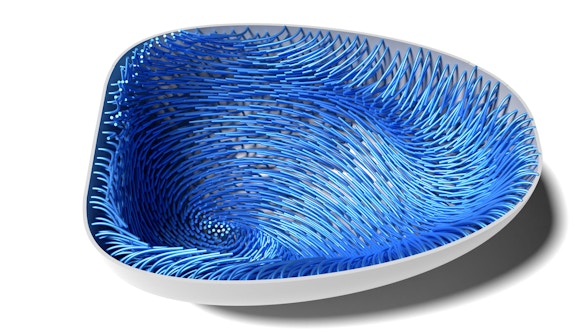
New research led by Flatiron Institute researchers reveals the source of the mysterious swirling flows in some of nature’s largest cells.
CCB’s mission is to develop modeling tools and theory for understanding biological processes and to create computational frameworks that will enable the analysis of the large, complex data sets being generated by new experimental technologies.
Research Areas
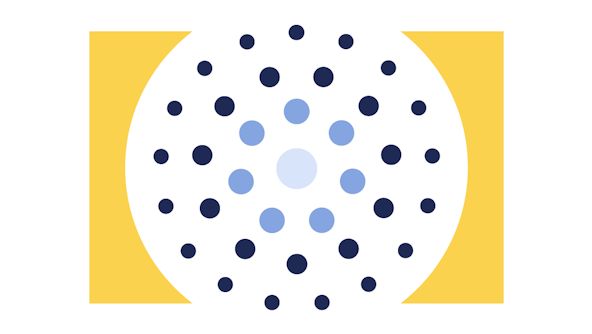
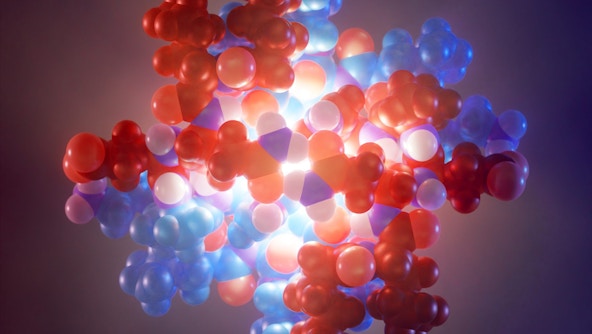
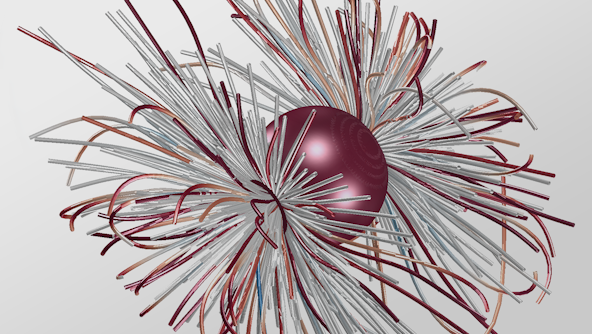
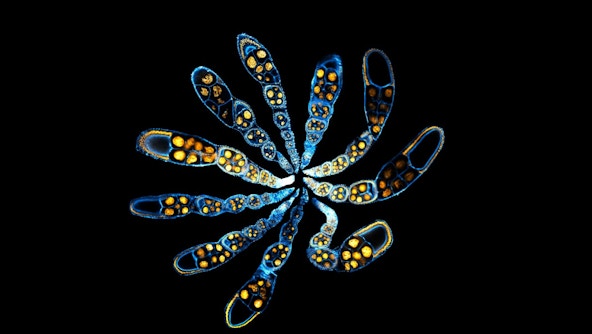

Collaborative Work
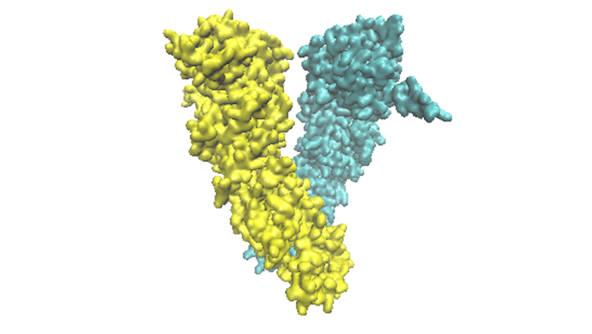
Underlying all biological processes are molecules and their interactions with each other. However, our ability to understand how these molecules function over biologically relevant scales remains very limited.
- CCB
- CCM

The Center for Computational Biologyx (CCBx) is an effort by the Center for Computational Biology (CCB) to (a) create and validate quantitative techniques and (b) develop and test theories of biological systems that are predictive of these systems’ behaviors and responses to genetic, chemical and physical perturbations.
- CCB
Upcoming Events
-
11 Wed -
Meeting 11:00 a.m. - 12:00 p.m.
Computer Vision Interest Group Meeting
-
Short Course 1:30 - 3:00 p.m.
Molecular Dynamics
-
Meeting 1:30 - 3:30 p.m.
Genomics Group Meeting
-
Meeting 11:00 a.m. - 12:00 p.m.
-
12 Thu -
Colloquium 11:00 a.m. - 12:00 p.m.
CCB Colloquium: Olga Dudko, Ph.D. (University of California San Diego)
-
Colloquium 11:00 a.m. - 12:00 p.m.
-
16 Mon -
Meeting 10:30 a.m. - 12:00 p.m.
Developmental Dynamics Group Meeting
-
Meeting 2:00 - 3:00 p.m.
Structural & Molecular Biophysics Group Meeting
-
Meeting 10:30 a.m. - 12:00 p.m.
-
17 Tue -
Meeting 10:00 a.m. - 12:00 p.m.
Biophysical Modeling Group Meeting
-
Meeting 11:30 a.m. - 1:30 p.m.
Genomics Group Meeting
-
Meeting 10:00 a.m. - 12:00 p.m.
-
18 Wed -
Meeting 11:00 a.m. - 12:00 p.m.
Computer Vision Interest Group Meeting
-
Meeting 11:00 a.m. - 12:00 p.m.
-
19 Thu -
Seminar 11:00 a.m. - 12:00 p.m.
CCB Seminar: Sheng Chen, Ph.D. (Yale University)
-
Seminar 11:00 a.m. - 12:00 p.m.
Publication Highlights
Unraveling the Molecular Complexity of N-Terminus Huntingtin Oligomers: Insights into Polymorphic Structures
Huntington’s disease (HD) is a fatal neurodegenerative disorder resulting from an abnormal expansion of polyglutamine (polyQ) repeats in the N-terminus…
The Journal of Physical Chemistry BComputational tools for cellular scale biophysics
Mathematical models are indispensable for disentangling the interactions through which biological components work together to generate the forces and flows…
Current Opinion in Cell BiologyMinimal motifs for habituating systems
Habituation – a phenomenon in which a dynamical system exhibits a diminishing response to repeated stimulations that eventually recovers when…
ArXivDirector
Software
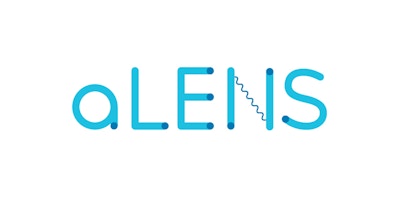
aLENS
This is the simulation tool for tracking assemblies of microtubules driven by motor proteins.
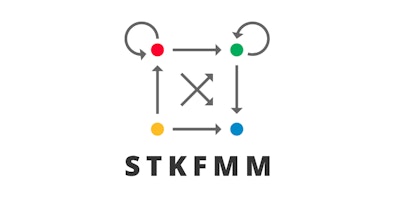
STKFMM
This is a numerical computation package for various single- and double-layer kernels for Laplace and Stokes operators in boundary integral methods, implemented on top of the highly-optimized kernel independent fast-multipole method package PVFMM.

humanbase
Data-driven predictions of gene expression, function, regulation, and interactions in human.

DeepSEA
Deep learning-based algorithmic framework for predicting chromatin effects

FNTM
Functional Networks of Tissues in Mouse

GIANT
Genome-wide Scale functional interaction networks for 144 human tissues and cell types
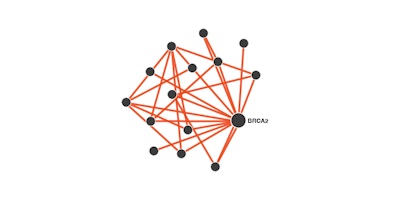
IMP 2.0
Integrative Multi-species Prediction
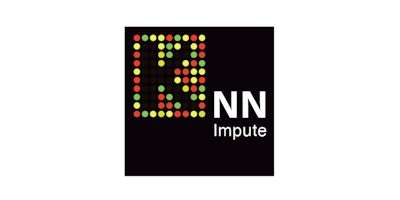
KNNimpute
K-Nearest Neighbors Imputation
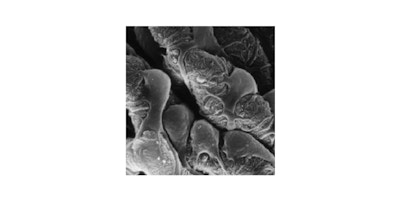
Nano-Dissection
This server performs in silico nano-dissection, an approach we developed to identify genes with novel cell-lineage specific expression.

SEEK
Search-Based Exploration of Expression Compendium [Human]

SkellySim
SkellySim is a simulation package for simulating cellular components such as flexible filaments, motor proteins, and arbitrary rigid bodies.

Sleipnir
Sleipnir Library for Computational Functional Genomics

URSA(HD)
A data-driven perspective to your gene expression profile for human tissues and diseases.
